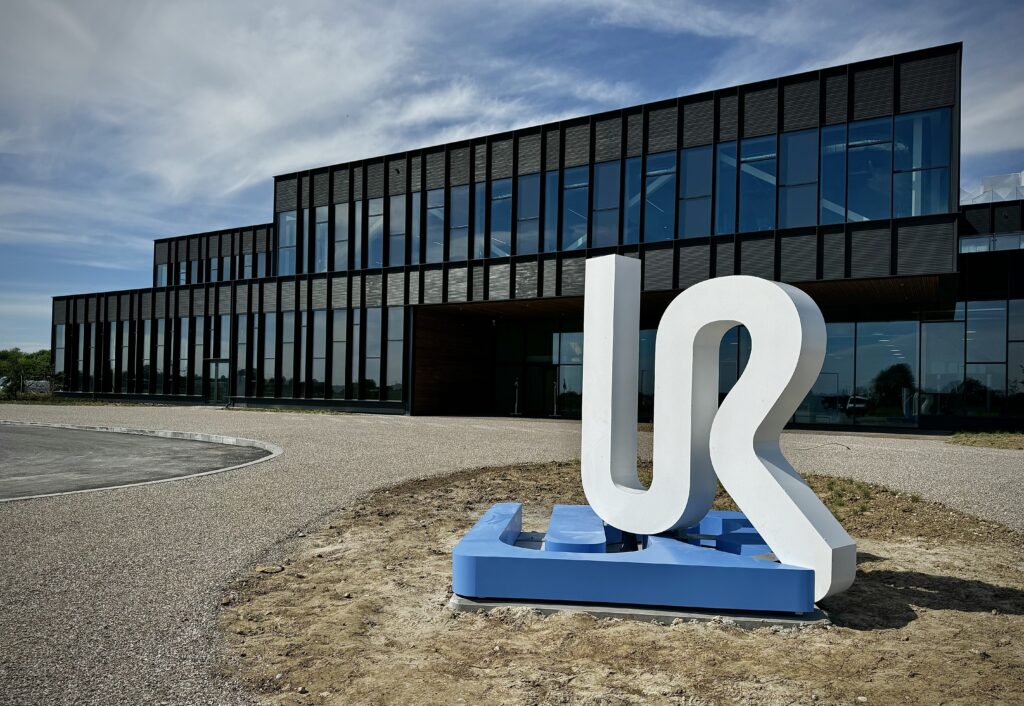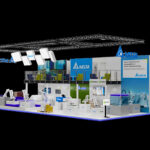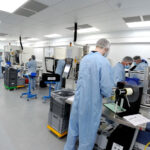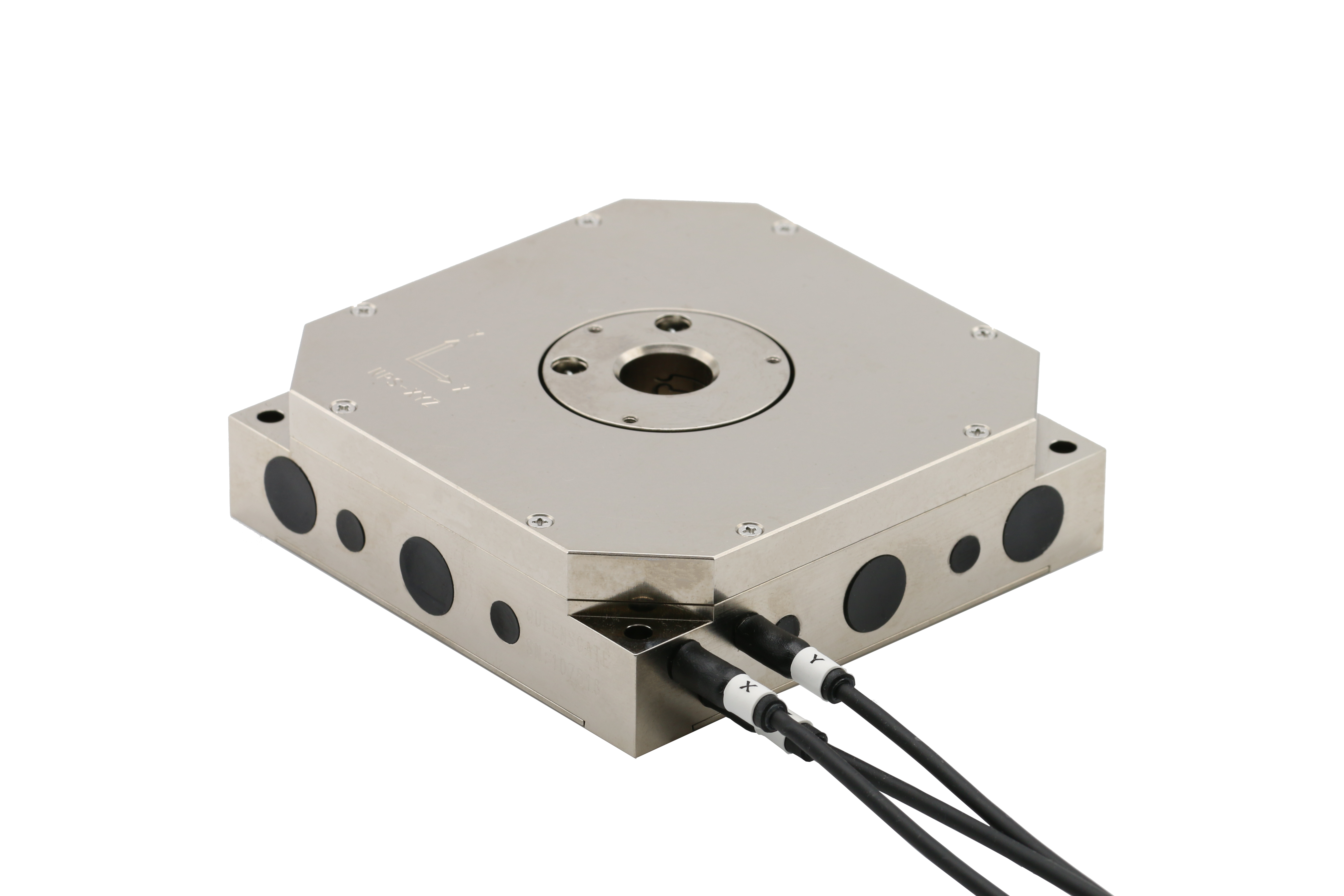Anders Billesø Beck, Vice President of Technology at Universal Robots.

The robotics industry stands at the threshold of transformative change. Over the past two years, artificial intelligence (AI) has fundamentally altered how we view technology, evolving from a buzzword into a cornerstone of business operations for the future. By 2025, the focus will shift from innovation to practical applications poised to reshape industries worldwide.
It’s no surprise that AI continues to dominate, especially in the world of robotics. Robots that were once restricted to simple, repetitive tasks in controlled environments, are now equipped to comprehend and autonomously perform sophisticated operations. This advancement is reshaping industries and redefining the future of work in profound ways.
Dedicated to making automation accessible and impactful, Anders Billesø Beck, Vice President of Technology at Universal Robots, brings a wealth of expertise and a vision for how robots can augment human work, as we witness the evolution of automation.
Below, he explores his five predictions for robotics this year:
1: The Maturation of AI
2025 will be a pivotal year for AI, marking its transition from hype to practical implementation. Over the past few years, AI startups have emerged at a rapid pace, but this year, we’ll see some consolidation and integration. Yes, there’ll still be plenty of exciting new entrants but also more refined, mature solutions.
AI will also become more normalised. It will no longer be seen as a standalone technology, but instead as an embedded feature, enhancing existing systems. During AI’s earlier “hype years”, solutions were often explicitly branded as AI-driven or as an AI solution. Now, and even more so in the coming year, we will see AI take on the role of a quiet enabler – a powerful tool supercharging and enhancing functionality subtly in the background. Take, for example, Ocado’s cobot solution. It’s not marketed an “AI solution” But as a logistics pick-and-place system that happens to use AI.
The next wave of AI is physical too. AI that understands the laws of physics, can adapt to unforeseen challenges, and navigate dynamic, real-world environments. We’ve seen this in 2024 already, but the wave will grow much bigger in 2025. By embedding physical AI into robotics, we will open the door to systems that go beyond simply processing data, instead looking to interact meaningfully with the physical world, reshaping industries, and paving the way for my second prediction.
2: Robots in food and beverage industries
For decades, robots were confined to industrial settings, but we’re now starting to see them move out into open society. While humanoid robots might be the best-known example – despite being some way from commercial viability – collaborative robots, or cobots, are making their mark across industries. Take film and TV production, for example. By the end of the year, there’s a good chance you’ll have watched a movie, TV show, or commercial where cobots controlled the camera. A great example of this is MRMC, who produces cobot-based camera solutions.
In the food and beverage industry, cobots are also starting to shine, particularly in the US and Asia. By the end of 2024, you may find yourself enjoying a coffee or a meal where a robot has assisted with the preparation. Cobots designed for hygienic food preparation can maintain consistency and speed during peak periods for businesses. US fast-food chain Chipotle are among those paving the way, already using cobots in their restaurants. And just like we see across other industries, cobots are not replacing workers, but are rather improving both productivity and the working environment.
Beyond kitchens and film productions, cobots will also begin appearing in industries like construction more frequently. Companies like Canvas are already using cobots for tasks such as drywall finishing, highlighting how these versatile machines can address skill shortages in industries with high variability. Another example is Raise Robotics, who uses cobots to, among other things, install fasteners for façade panels on high-rise buildings – a both dangerous and repetitive task.
3: Asia’s automation powerhouse
Traditionally, we’re used to seeing Asian powerhouses like China, Japan and South Korea dominate the global robot market. But, the next 12 months will bring significant shifts in global market dynamics for robotics, with India set to play a leading role. The country is investing heavily in automation, supported by proactive government initiatives. The Production Linked Incentive (PLI) scheme for example, provides subsidies to companies building production capacity in India across key industries such as automotive, metal, pharmaceuticals, and food processing.
India’s automation potential is further boosted by three powerful forces driving world-leading production techniques. Firstly, India boasts a young population, with a median age of 29 compared to Germany’s 45, offering a dynamic and adaptable workforce. Secondly, the country’s thriving technology industry, valued at $115 billion in IT and business process management, provides a strong foundation for innovation. And lastly, strategic government investments in digitisation, industrial automation, and skills development are creating an environment ripe for growth.
These efforts combined with the “Make in India” initiative, highlight the nation’s enormous potential. In just one year, India has risen from 10th to 7th place globally in robot installations – a huge 59% increase. This rapid growth underscores India’s emergence as a critical hub for automation and innovation, driven by strategic policies and robust economic momentum.
4: A novel safety approach
Safety has always been a defining feature of cobots, but as they move into more dynamic and less-controlled environments, the traditional approach to safety will need to evolve too. The safety measures taken always depend on the specific application and use case, and though cobots are made for close collaboration with humans, you still need extra safety functions if you want the cobot to e.g. work at high-speed or handle sharp objects. In factories, safety is often managed through fences and strict protocols. However, these methods are impractical in settings where cobots and humans work closely in unpredictable scenarios.
The future of safety will focus on adaptive technologies that can respond to variability. For example, real-time sensor data and advanced algorithms will enable cobots to detect and react to human movements instantly, ensuring safety without compromising efficiency. This marks a significant step forward in making collaborative robotics viable for a broad range of applications.
5: Streamlined, ready to deploy solutions
While not a new concept, the importance of standardised turnkey solutions will be amplified this year. These solutions, which simplify the automation journey by offering pre-configured systems, will become critical for businesses looking to integrate cobots quickly and efficiently.
The appeal lies in the ability to eliminate the complexity traditionally associated with automation, such as extensive customisation and lengthy setup processes. This ease of deployment will make cobots more accessible to small and medium-sized enterprises, enabling them to compete on a larger scale without the high costs of bespoke automation systems.
My bold guess is that by the end of 2025, over one-third of cobots will be part of these standardised solutions. Their scalability and cost-effectiveness will drive widespread adoption across industries, from manufacturing to logistics. As businesses seek practical and affordable ways to enhance efficiency, standardised solutions will be a cornerstone of the next phase of automation.
A turning point for automation
The robotics industry is on the verge of a major transformation. From AI’s maturation to the rise of cobots in everyday and unexpected environments, 2025 represents a pivotal moment for automation. At the same time, we will continue to see innovative robotic applications emerging to address critical global challenges such as skills gaps, supply chain complexities, and the need for greater efficiency.
Cutting-edge technologies like physical AI and standardised solutions are making automation more accessible and impactful, redefining industries as well as everyday life. By harnessing these advancements, businesses can unlock the full potential of robotics, paving the way for a future that is safer, more efficient, and inherently collaborative.








